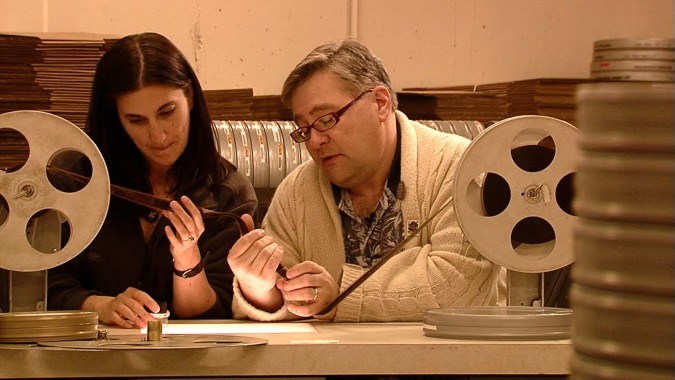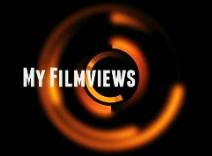
The Early Days
In the earliest days of the movie industry, the first film projector was called the Zoopraxiscope. It was invented in 1875 by a photographer called Eadweard Muybridge. Almost a decade later, the legendary inventor Thomas Edison, filed to patent an object that projects images. He described it as “an object that does for the eye what the phonograph does to the ears”. In 1895, the first film significant film was broadcast, reportedly by Lumière Brothers in Paris, France. Almost a decade later, Edison donated the instrument he had patented to an Institute of Arts.
The Silent Era

The birth of modern day film is synonymous with the silent era. The silent era is thought to be between the first movie with a plot line which aired in 1903, and “The Jazz Singer”, the first “talkie”, in 1927.
The first “movie” in the modern sense was “the Great train robbery” in 1903. Studio executives were reportedly dubious about the viability of this long form plot arch, and thought their audience liked short films such as kissing, walking, and short dances.
The next big innovation was the invention of the wide screen format. The Lumiere brothers, having previously innovated the original movie broadcast, innovated this new format as well. The previous films/screens were very small. This would become the standard for the next one hundred years.
The Dawn of the Digital Era

As the new millennia was being ushered in 1999 and 2000, film was experiencing a revolution. A new concept had been invented, Digital Projectors. While of course film projectors had been in use for the previous century, digital versions began hiting the commercial market in the early nineties. They made there way into the theaters and were first used in Los Angeles and New York, for the premiere of “Star Wars: the Phantom Menace”.
By January of the following year, all continents except one had embraced the digital revolution. Now it is impossible to think of a movie theatre that is not digital.
A Note on Film Preservation and Conversion to Digital

While the world enjoyed film movies for over a century, film is inherently a very fragile medium. Thin films of plastic sheeting aren’t going to hold up to the perils of time, and that’s a shame. To fight this trend and help save this historic medium, film archiving and preservation has been an active undertaking since the late 90’s, with the workd of the National Film Preservation Foundation.
With the introduction of digital formats, its now possible store film in a way that will not degrade. Through the use of film scanners and high quality digital video formats (and more recently redundant cloud storage), films can now be saved for posterity with relative ease. Of course, restoring films that have begun to degrade, or extremely old films that are liable to be destroyed upon handling, is not easy at all, and takes the work of experts.
Conclusion
As I conclude, I cannot refuse to end in contemplation. For the past twenty years, the production of the film has changed drastically through the invention of digital technology. Today, shooting movies on film is an extremely rare occurence. Editing and addition of special effects are done on a computer. In fact, actually cutting film out of a reel seems so archaic its almost a surprise it was done that way for nearly a century.
Nonetheless, we do owe a lot to the old movie reels, and to the inventors and innovatrs that gave us what we have today. So while everyone is out watching the latest superhero mega-blockbuster, take a moment to remember to originators of this art.
This article was written by Nancy Clayton
